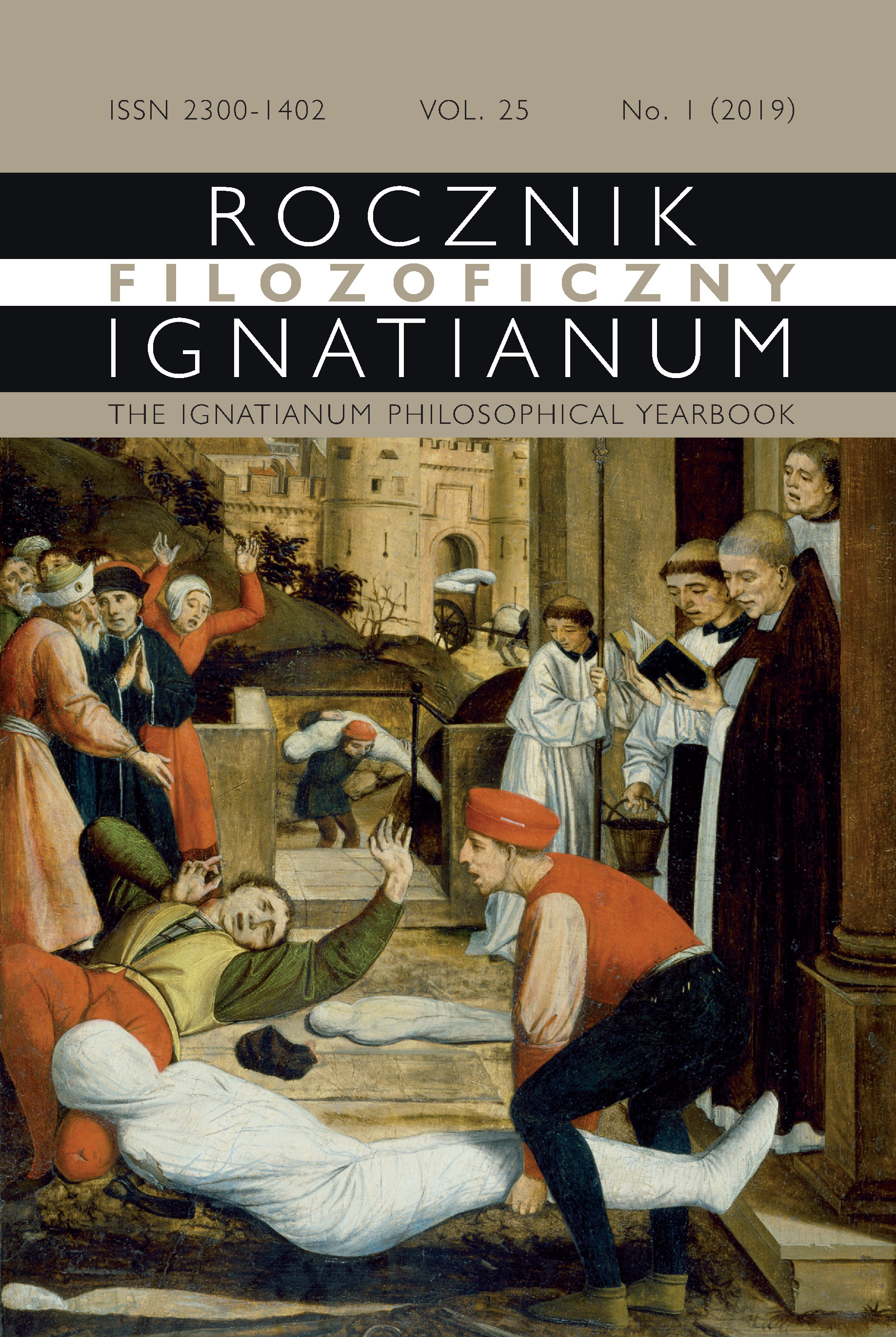Kulturowe i społeczne reperkusje pandemii dżumy w Europie Zachodniej i Środkowej. Wybrane aspekty
Cultural and Social Effects of the Plague Pandemic in Western and Eastern Europe: Selected Aspects
Author(s): Janusz SmołuchaSubject(s): History, Middle Ages, 13th to 14th Centuries
Published by: Uniwersytet Ignatianum w Krakowie
Keywords: Plague; Black Death; Middle Ages; plague doctors; Jews; Kingdom of Poland; John of Capistrano
Summary/Abstract: The aim of the paper is to present how the late medieval plague pandemic affected the societies of Western and Eastern Europe. The author used chronicles and works of literature of that time, on top of the abundant literature on the subject. Based on this bibliography, he carried out a critical analysis of the content, revealing the similarities and differences in the course of the Black Death epidemic across parts of Europe. The plague was taking its toll on all age groups and at all levels of society. The main reason for this was that physicians, not knowing what was causing the disease, could not help the infected for a long time. The epidemic exposed the poor level of the contemporary medics’ knowledge and their unpreparedness for saving human lives. It also showed that university studies neither equipped them with sufficient knowledge nor gave them the practical skills needed to fight the dangerous disease. The Black Death particularly disorganized the economic and social life of Western and Southern European countries. Although the plague first struck Central Europe with less intensity than it did the West, it did take its toll on it. Its subsequent waves had an especially dramatic impact on the large trading towns such as Wroclaw and Krakow. A pervasive fear of the plague also contributed to the resentment towards those seen as aliens, especially Jews. They were the ones accused of poisoning wells and supplies, and spreading the disease. In Wroclaw, the capital city of Silesia, which was then part of the Kingdom of Bohemia, the attack on Jews was initiated by John of Capistrano – the papal inquisitor. It led to a much publicized trial that resulted in the death sentences death sentences given to several dozen people. Seeking to understand the reason behind Capistrano’s actions, the author analyzed his treatise on the duties of physicians and clergy toward plague patients. It results from that work that the course of the epidemic in Central Europe, despite its local variations, was not significantly different from that observed in Western countries
Journal: Rocznik Filozoficzny Ignatianum
- Issue Year: 25/2019
- Issue No: 1
- Page Range: 13-36
- Page Count: 24
- Language: Polish

